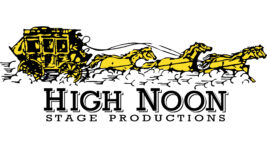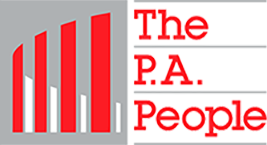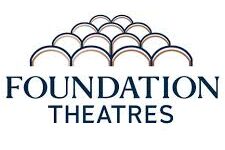News
4 Aug 2019
Backwards Thinking
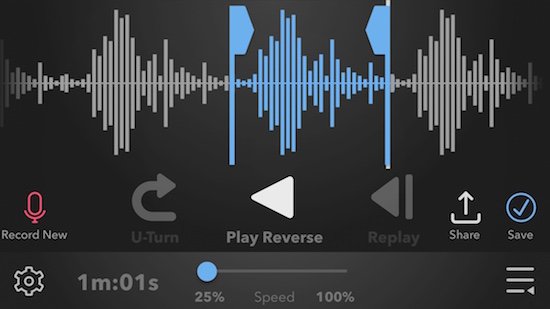
Subscribe to CX E-News
LISTEN HERE
Backwards Thinking
by Andy Stewart.
Next time you make an album, do yourself a giant favour during the tracking phase (if you haven’t already) and reverse some, or all, the files on the multi-track timeline (if it’s a digital recording), or flip the tape upside down (if it’s on analogue tape). Now listen to the audio backwards. What you will quickly discover by doing this, is that there’s a whole parallel universe of amazing sounds, recorded by you, just begging to be incorporated into your forwards production.
There’s a genuine prospect of finding nuggets of pure gold for your current project, by investigating how its component parts sound played backwards. Some of the best aspects of many of my favourite albums were discovered this way, proving the point yet again that not all sounds on an album are crafted and designed, but rather, discovered by chance.
This is gold prospecting in air-conditioned comfort, folks. Time to break free of our one-direction mindset – sounds can travel forwards and backwards in time!
There are several ways these sorts of chance discoveries are used in a production, though in truth, not all of them can be pigeonholed into neat categories. Who knows what you might discover or how you’ll ultimately use what you find…
Some backwards nuggets can transform a piece of music, unexpectedly becoming the new backbone of the final production. Others may masterfully and mysteriously provide the hook melody, delivering it (as a bonus), via a far less obvious musical instrument. (The backwards nature of most sounds tends to disguise its source.)
Then there are those sounds that provide unconscious rhythms to the untrained ear, even when hiding in plain sight. Other backwards sounds are brilliant at providing slingshot dynamics into musical transitions of things like choruses, or in anticipation of a vocal re-entry, or by adding other-worldly disturbances in the background of a piece.
In many cases this sort of complex detail is simply the main sound laid backwards on top of itself.
Then there are those musical or rhythmic loops, which, when played forward, might lack a certain intensity, but backwards trip the song out completely by providing the treatment you were after, only now they have a strangely hypnotic, indefinable and intangibly bent quality.
Okay, so now, even though we just said we couldn’t do it, let’s try pigeonholing this extraordinary universe of magical misfits, by loosely categorising them into particular roles.
Welcome Stranger (Regnarts Emoclew)
Occasionally, listening backwards to the Multi-Track of an in-progress production delivers you the Welcome Stranger of outcomes. One minute your song is travelling along a certain, fairly predictable path, and the next minute, after a single listen to the song backwards, you’re forced to admit that a chance discovery you’ve suddenly made is far better that everything you’ve designed and constructed thus far.
If that happens, don’t despair. Embrace the find and own the magical gift you’ve been given! You recorded it after all. It just took playing it backwards to realise how ingenious you really are!
Melody Rekam
The next, not too dissimilar discovery is the one where a new melody is handed to you via the reversal of an existing one of the same key. Only now, with the melody reversed, you’ve discovered what is, in some cases, a whole new and improved hook, or possibly one that weaves its way in and around the original to create an awesome stereo image of melodies.
In some rarer cases, the melody backwards is the same as it was forwards – a musical palindrome if you like. In this situation, you can use the backwards version instead of the original, blend a backwards duplicate into the forwards melody for otherworldly effect, or morph between the two as you see fit.
Sometimes cross-fading from one to the other can sound completely nuts, especially when they’re panning at the same time – perfect for the final bar of the performance! Likewise, if you just love your original melody, but also love the sound it makes backwards (even though it’s not the same melody any more), you can still have your cake and eat it too.
Try cutting up a backwards duplicate on a channel directly below the original in the mix window, placing each note below the original. The attack and decay positions of the backwards notes will obviously be different, but overall the notes themselves will coincide with the original.
A mix of these two versions of the melody can sound awesome too.
As you might have already realised by now, the variations on this basic theme are literally endless. The trick is to let your imagination run free. Experiment, and use your gut instinct.
Re-Recorded Backwards
This technique is one I developed in isolation – even though lots of engineers had probably done it for years. I used to think the human voice was particularly strange and somewhat sinister in reverse. So one day, when I found myself recording a short play about a murder, I recorded a full pass of the narrator’s script, flipped the two-inch tape, and transcribed phonetically what now appeared to be being said.
Once we’d settled on this new version of the ‘script’ we went for another take – with tape still rolling backwards. This time the narrator recited the phonetically transcribed gobbledygook language. When we finally flipped the tape back over, we now had a totally weird, deeply sinister version of English, with mispronunciations all over the place, breaths in strange places, and the disturbing overall tone that only backwards audio delivers. It was awesome.
And of course, this technique can be used on anything. For instance, record a lead break, reverse it, learn to play the new backwards version of the melody, replay it along with original, and finally, flip it over. More often than not the results of this technique are truly amazing.
Loops & Beats
Historically, the most commonly used backwards treatments in music production have been rhythmic. This is probably for two main reasons: things like snares, rim-shots, cymbals (or frankly any percussive instrument) can sound awesome backwards, but they also tend not to change melodically over time.
Some of the most obvious, tried-and-true rhythmic treatments are things like backwards cymbals that launch you into a chorus. But less obvious are things like backwards snares or kicks overlaid directly in front of the beat itself, on a separate channel so they can be, for instance, subtly mixed on every second or fourth beat, or perhaps just in the breakdown.
Another key feature of backwards percussive effects are typically that they are also pitch-shifted to some degree, to further disguise their origins. Not that this matters, per sé. It just sounds better that way sometimes.
Some of my favourite backwards percussion parts are comprised of widely left/right panned stereo loops, quite blatantly mixed, often of real-world sounds, like the creak and whirr of a pedal organ’s action, or a piano pedal being depressed.
Often these cool parts can be found on the tops and tails of performances.
If you hear something that sounds unexpectedly cool, either as a beat or a loop, grab it, play with it, and see what happens when you put it back into the timeline. Even if it’s the wrong length – try it anyway. Sometimes a key feature of a backwards loop is that it comes up short, but sometimes that weird hole at the end of, say, a four bar segment can be the making of it.
Remember, rules are for roads, not albums.
Harmonies & FX etc
Other great uses of backwards files can be things like ghosts of a main melody, played late in the song almost like a memory of what’s transpired. Wet with reverb and filtered in tone, these can sound almost like a cellophane version of the original sound. These types of treatments sound awesome because people can’t quite tell if they’re actually hearing it, or imagining it.
Then there are the non-melodic, non-rhythmic audio files of things like soundscapes, or location recordings. Sometimes these just don’t quite work in music, often because they’re just too obvious and literal somehow. But the same sound in reverse can be inspired!
Harmonies can be played backwards too, to great effect. Similarly, things like BVs can have reversed reverbs on them. Not just a Reverse presets in an FX unit, mind you, but rather a reverb that’s recorded off a backwards version of a vocal, printed onto another channel as audio, and then flipped back so that the reverb anticipates the voice, rather than fire off it.
Re-combined with the same reverb firing forward in via its conventional bus trigger, your BVs can sound like they’re floating in the atmosphere.
I could go on and on but unfortunately there’s no more space.If you want to read more, just start here and work backwards.
Andy Stewart owns and operates The Mill on Victoria’s Bass Coast. He’s a highly credentialed producer/engineer who’s seen it all in studios for over three decades. He’s happy to respond to any pleas for recording or mixing help… Contact him at: andy@themill.net.au
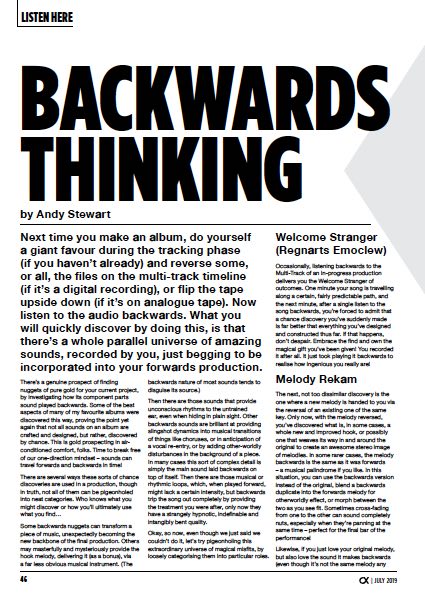
CX Magazine – July 2019 Entertainment technology news and issues for Australia and New Zealand – in print and free online www.cxnetwork.com.au
© CX Media
Lead image via Reverse Speech
Subscribe
Published monthly since 1991, our famous AV industry magazine is free for download or pay for print. Subscribers also receive CX News, our free weekly email with the latest industry news and jobs.




